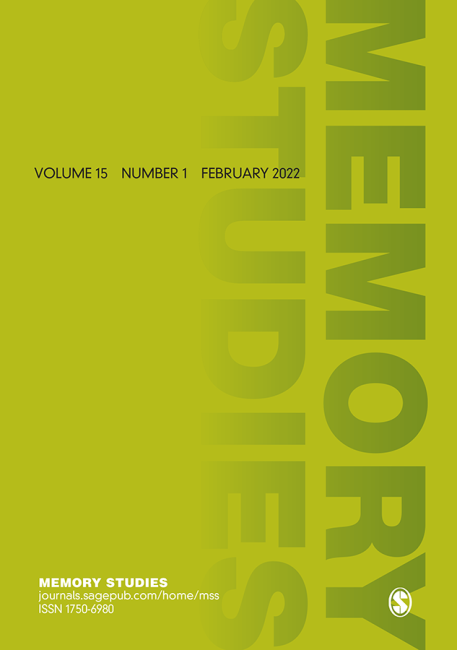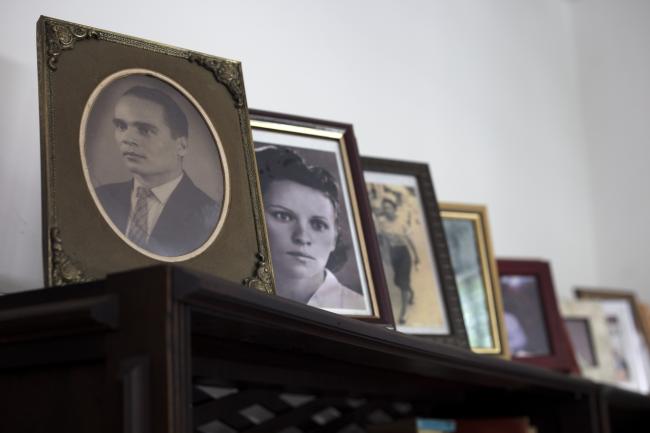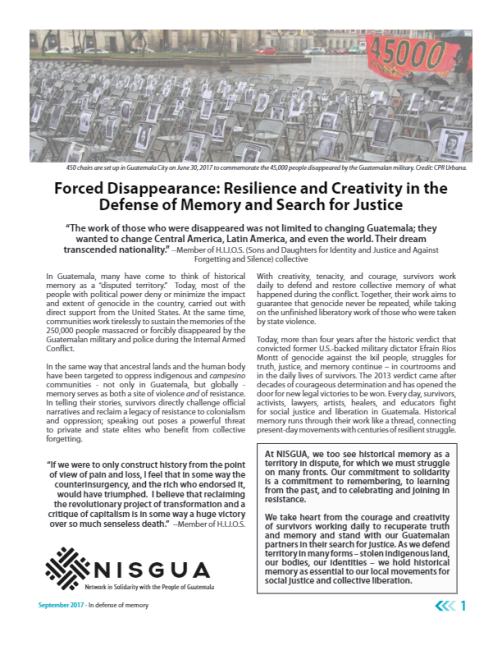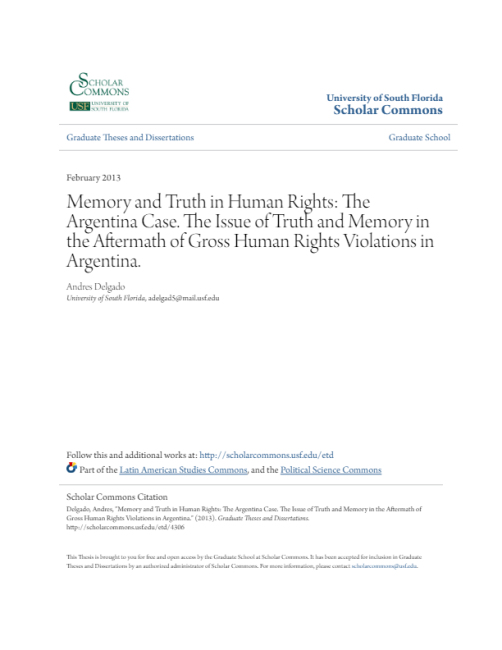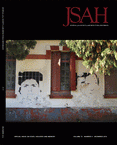
The Architectural History of Disappearance: Rebuilding Memory Sites in the Southern Cone
The architectural history of the clandestine detention and torture center begins when a space selected for its invisibility becomes legible in a landscape. How that visibility is integrated into postdictatorship societies and accounted for historically often becomes a matter of public debate playing out in the press, in local and national calls for proposals for what to do with the sites, and in architectural competitions. In The Architectural History of Disappearance: Rebuilding Memory Sites in the Southern Cone, Karen Elizabeth Bishop argues that the proposals to reappropriate the spaces of disappearance reveal important temporal disjunctions that impede or facilitate the integration of the memory of the disappeared into civil society. Examples of the competing temporalities at work in the construction of memory sites and the productive incompleteness these can provide for are examined in an analysis of proposals put forth to rehabilitate two clandestine detention and torture centers that functioned during the last Argentine military dictatorship (1976–83) and Chile’s Pinochet dictatorship (1973–90): the space of the former Navy Mechanics School (ESMA) in Buenos Aires and the former prison camp Tejas Verdes on the coast of Chile.



